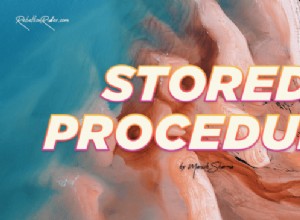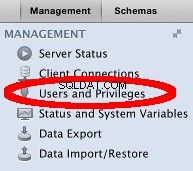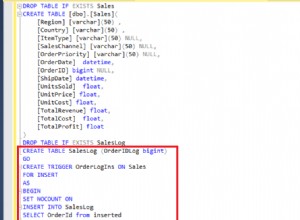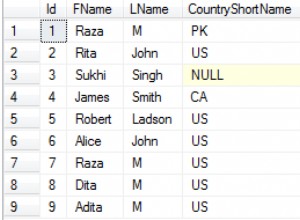Anda dapat menggunakan klausa MODEL untuk melakukan perhitungan rekursif ini
Buat tabel sampel dan masukkan data
create table costs (order_id int, volume int, price numeric(16,4), type char(1));
insert into costs (order_id, volume, price) values (1,1000,100);
insert into costs (order_id, volume, price) values (2,-500,110);
insert into costs (order_id, volume, price) values (3,1500,80);
insert into costs (order_id, volume, price) values (4,-100,150);
insert into costs (order_id, volume, price) values (5,-600,110);
insert into costs (order_id, volume, price) values (6,700,105);
Kueri (DIEDIT mengubah rules iterate(1000) untuk rules automatic order mengimplementasikan klausa MODEL seperti yang dimaksudkan untuk berfungsi, yaitu dari atas ke bawah secara berurutan. Itu juga membuat kueri dari 0,44 detik menjadi 0,01 detik!)
select order_id, volume, price, total_vol, total_costs, unit_costs
from (select order_id, volume, price,
volume total_vol,
0.0 total_costs,
0.0 unit_costs,
row_number() over (order by order_id) rn
from costs order by order_id)
model
dimension by (order_id)
measures (volume, price, total_vol, total_costs, unit_costs)
rules automatic order -- iterate(1000)
( total_vol[any] = volume[cv()] + nvl(total_vol[cv()-1],0.0),
total_costs[any] =
case SIGN(volume[cv()])
when -1 then total_vol[cv()] * nvl(unit_costs[cv()-1],0.0)
else volume[cv()] * price[cv()] + nvl(total_costs[cv()-1],0.0)
end,
unit_costs[any] = total_costs[cv()] / total_vol[cv()]
)
order by order_id
Keluaran
ORDER_ID VOLUME PRICE TOTAL_VOL TOTAL_COSTS UNIT_COSTS
1 1000 100 1000 100000 100
2 -500 110 500 50000 100
3 1500 80 2000 170000 85
4 -100 150 1900 161500 85
5 -600 110 1300 110500 85
6 700 105 2000 184000 92
Situs ini memiliki tutorial yang bagus tentang klausa MODEL
- http://www.sqlsnippets.com/en/topic-11663.html
Lembar EXCEL untuk data di atas akan terlihat seperti ini, dengan rumus diperpanjang ke bawah
A B C D E F
---------------------------------------------------------------------------
1| order_id volume price total_vol total_costs unit_costs
2| 0 0 0
3| 1 1000 100 =C4+E3 =IF(C4<0,G3*E4,F3+C4*D4) =F4/E4
4| 2 -500 110 =C5+E4 =IF(C5<0,G4*E5,F4+C5*D5) =F5/E5
5| 3 1500 80 =C6+E5 =IF(C6<0,G5*E6,F5+C6*D6) =F6/E6
6| 4 -100 150 =C7+E6 =IF(C7<0,G6*E7,F6+C7*D7) =F7/E7
7| 5 -600 110 =C8+E7 =IF(C8<0,G7*E8,F7+C8*D8) =F8/E8
8| 6 700 105 =C9+E8 =IF(C9<0,G8*E9,F8+C9*D9) =F9/E9




